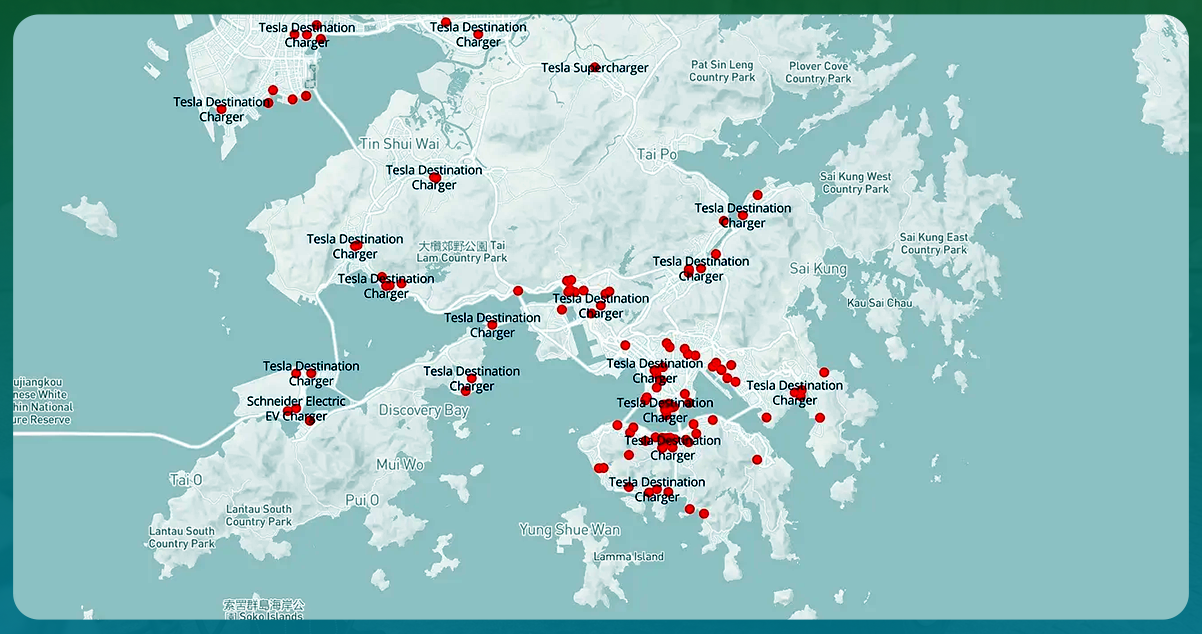

The rising practice of electric vehicle (EV) usage is significantly overpowering the sales of traditional automakers developing internal combustion engines. However, by 2030, the projected growth of EVs is expected to cover 51% of the market share. And more than 60% of industries today are leveraging AI and data science technologies to Map Current EV Charger Infrastructure with Big Data.
With time, the popularity of electric vehicles has drastically increased. And this gives reason to the automotive industry to use advanced technologies to map their customer interests and upgrade their prototypes. Moreover, this advancement has caused changes in the transportation industry, business, and society.
Integrating the technologies has transformed the process of tracking, analyzing, and evaluating the EV’s demographical data. It includes battery characteristics, charging station statistics, energy consumption analysis, route profile, etc.
The clean energy transition is significant to replace the inner combustion vehicles with their electric counterparts. The objective is to make net-zero carbon buildings and replace fossil fuel plants with wind or solar farms. The biggest challenge lies in collecting clean energy data wherever the transition occurs. At iWeb Data Scraping, we strive to perform Web Scraping of Current EV Charger Infrastructure for collecting and analyzing current data on clean energy transition in real-time.
One method to understand the universality of electric vehicles is to map the number of charging ports using Google Map scraper that are accessible, their location, etc. The data provided by mapping current EV charger infrastructure gives detailed insights into the EV within the country.

Web scraping & mapping current EV charger infrastructure with Big Data has numerous benefits. A few of them are listed below:
Below is the dataset obtained from Web Scraping EV Charger Infrastructure within Hong Kong using Python:

The first step to Map Electric Vehicles with data science is to obtain a complete picture of the EV infrastructure. Using the Hong Kong case study, it is easy to analyze simply by writing the code. This code will extract data from the Hing Kong Transport Department for EV models listing all approved by a road. This listing helps track the entire EV car companies in Hong Kong.
Thus, Python usage for collecting and analyzing data will open the door for a more controlled analysis of energy transition.
For further details, contact iWeb Data Scraping now! You can also stay in touch with us for all your web scraping service and mobile app data scraping needs.